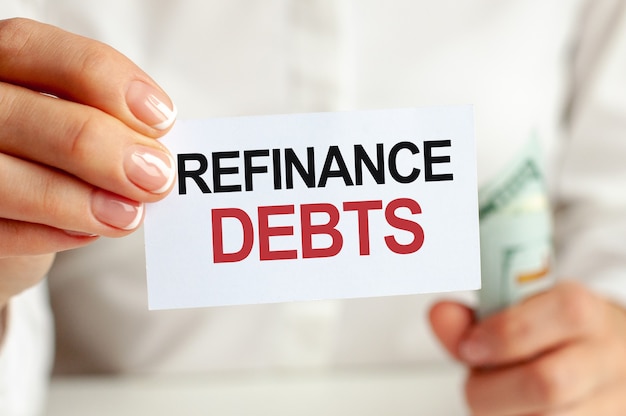I recently tried to refinance my mortgage using relationship pricing, and boy, was it a headache! The idea is that by moving a bunch of your assets to your new mortgage lender, you can get a better rate on your mortgage. Sounds good, right? Well, it’s not as simple as it sounds.
I decided to move $1 million in assets to my new lender to get the best rate possible. This included a $770,000 investment portfolio and $230,000 in cash. I thought it would be easy, but it turned out to be anything but.
I managed to move about $900,000 in the first week, but the remaining $100,000 got stuck for two weeks. Why? Because there’s a rule that says if a Treasury bond is maturing within 30 days, a bank can’t transfer the asset until the bond has matured and fully settles. Both banks blamed each other for the delay, and all I could do was wait.
This delay cost me time and money. I was already three months into the refinance process, and every day after two months cost me an extra $35 in interest because my adjustable-rate mortgage (ARM) had already reset from 2.5% to 4.5%.
What made this even more stressful was that the market was collapsing while I was trying to transfer the money. I was trying to save about $13,200 a year in cash flow, but my portfolio was losing thousands of dollars a day!
During the two weeks I had to wait for the remaining $100,000, I asked my new bank if they could start the final mortgage process. I was worried that if we waited another week, the combined assets wouldn’t total $1,000,000 due to the stock market’s volatility. But they declined, which made me feel like they didn’t trust me. Not a great way to start a business relationship.
You might be wondering why I didn’t just transfer more cash or securities to get over the $1,000,000 mark. Well, as a stay-at-home dad with a wife who also doesn’t work, we don’t have an endless amount of money. We stretched to the maximum. I do have additional investment portfolios, but they were in a different institution, and I didn’t want to add more variables that might delay the process.
The new bank that was refinancing my mortgage has three tiers of relationship pricing based on the amount of assets you bring over. My original plan was to transfer about $770,000 in assets. But after the first month of this painful process, I decided to try and transfer over $1,000,000 to get a 0.125% lower rate for the next seven years.
I turned the $230,000 gap into a challenge and managed to come up with the money in three months. I had a $103,000 CD come due, saved all of my online income, got caught up with my expense reimbursements, cut discretionary spending by 25%, and got lucky with the stock and bond markets.
When the remaining $100,000 was finally transferred over, my portfolio stood at $1,006,014! The loan officer said he would start the final mortgage refinance process, which would take another week. Even if the markets collapsed the next day, the new rate of 2.625% for a 7/1 ARM was mine.
I learned a lot from this process. For example, Treasury bonds that expire within 30 days won’t be accepted by many lenders until they mature and settle. You can wait until the end to decide how much in assets you’d like to transfer over to determine the final mortgage rate discount. And you can negotiate your rate down if the 10-year bond yield has gone down during a long refinance process.
Despite the difficulties, I’m glad I went through with it. I was able to lock in a 2.625% mortgage rate until 2027, reducing my mortgage payment from $3,918 to under $2,850. I still plan to pay down the principal regularly to ensure the new mortgage is paid off in seven years.
Relationship pricing can save you a lot of money, but be prepared to move a lot of assets and jump through more hoops. And remember, you can always move your assets back if you’re not satisfied with your new bank. I ended up moving my assets to Fidelity a couple of years later because I didn’t like the trading interface at Wells Fargo.
So, if you’re considering refinancing your mortgage, check out Credible, a marketplace where lenders compete for your business. And consider investing in real estate more strategically. I personally invested $954,000 in private real estate funds to take advantage of lower valuations in the heartland of America. My real estate investments account for about 50% of my current passive income of around $300,000.
Just remember, getting a lower mortgage rate through relationship pricing can be a difficult process, but it can be worth it in the end.
